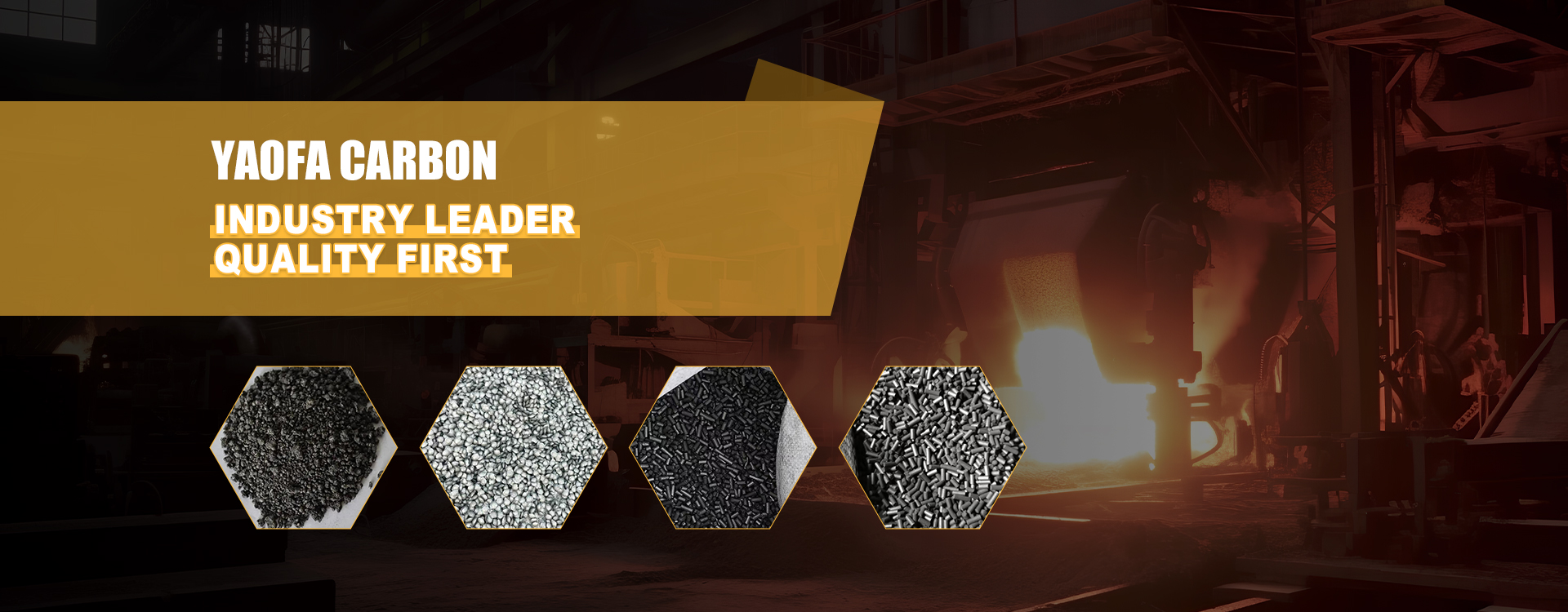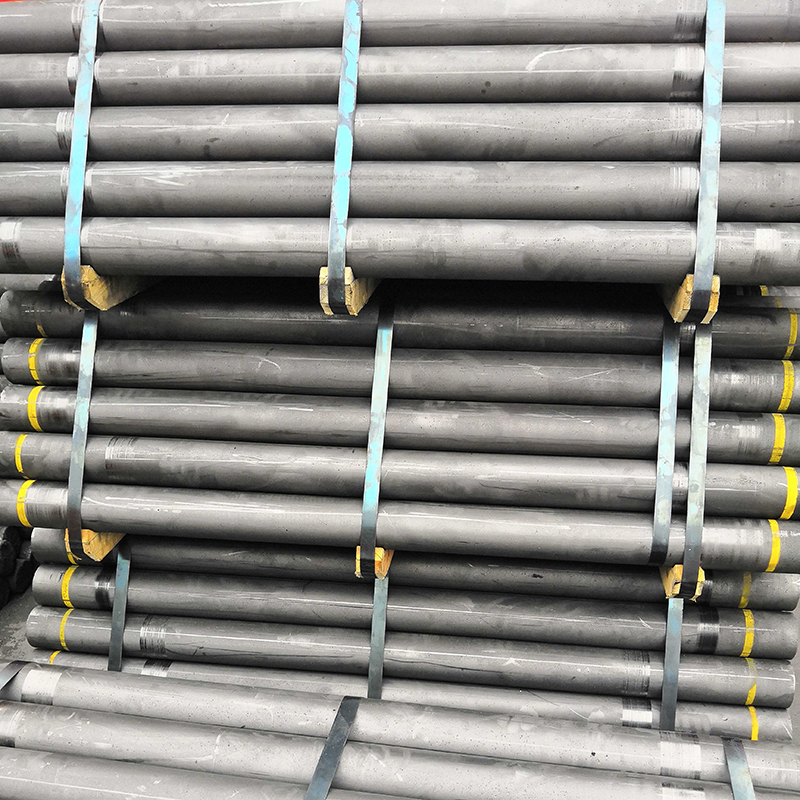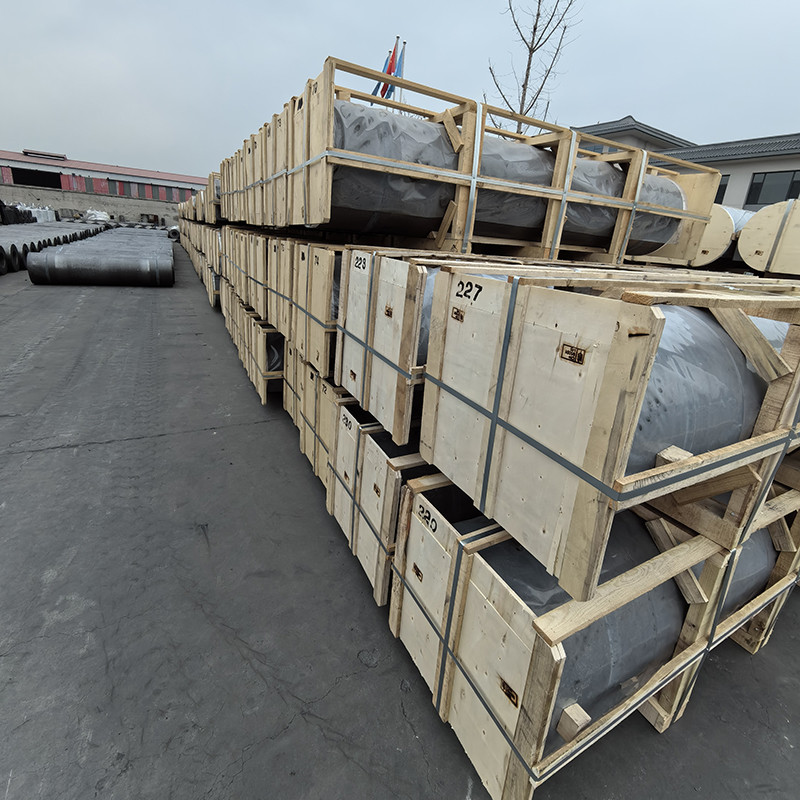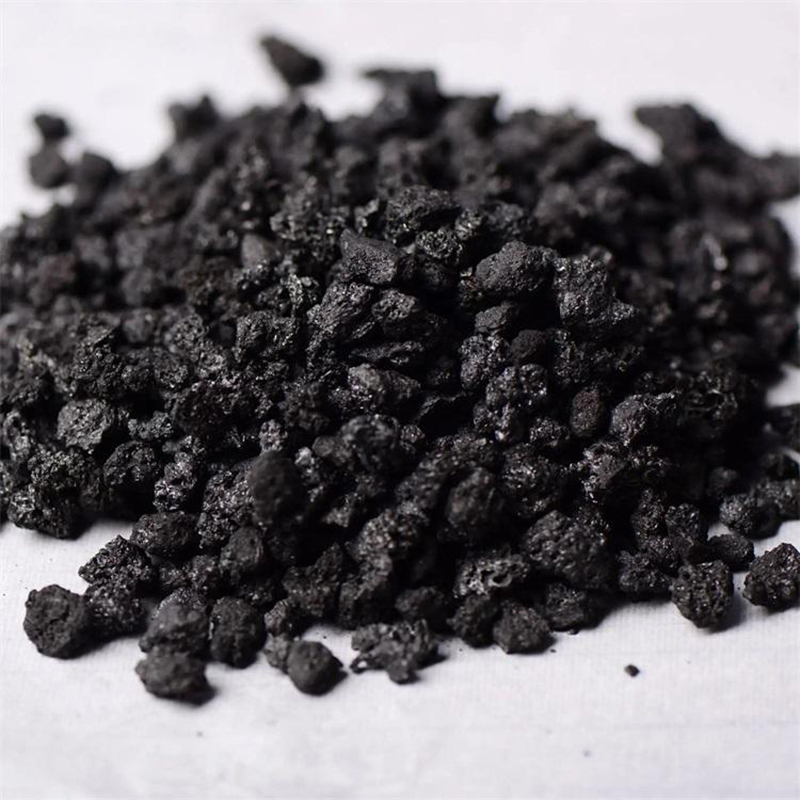- English
- Chinese
- French
- German
- Portuguese
- Spanish
- Russian
- Japanese
- Korean
- Arabic
- Irish
- Greek
- Turkish
- Italian
- Danish
- Romanian
- Indonesian
- Czech
- Afrikaans
- Swedish
- Polish
- Basque
- Catalan
- Esperanto
- Hindi
- Lao
- Albanian
- Amharic
- Armenian
- Azerbaijani
- Belarusian
- Bengali
- Bosnian
- Bulgarian
- Cebuano
- Corsican
- Croatian
- Dutch
- Estonian
- Filipino
- Finnish
- Frisian
- Galician
- Georgian
- Gujarati
- Haitian
- Hausa
- Hawaiian
- Hebrew
- Hmong
- Hungarian
- Icelandic
- Igbo
- Javanese
- Kannada
- Kazakh
- Khmer
- Kurdish
- Kyrgyz
- Latin
- Latvian
- Lithuanian
- Luxembou..
- Macedonian
- Malagasy
- Malay
- Malayalam
- Maltese
- Maori
- Marathi
- Mongolian
- Burmese
- Nepali
- Norwegian
- Pashto
- Persian
- Punjabi
- Serbian
- Sesotho
- Sinhala
- Slovak
- Slovenian
- Somali
- Samoan
- Scots Gaelic
- Shona
- Sindhi
- Sundanese
- Swahili
- Tajik
- Tamil
- Telugu
- Thai
- Ukrainian
- Urdu
- Uzbek
- Vietnamese
- Welsh
- Xhosa
- Yiddish
- Yoruba
- Zulu
- Kinyarwanda
- Tatar
- Oriya
- Turkmen
- Uyghur

carbon graphite felt
The Versatility and Challenges of Carbon Graphite Felt
Carbon graphite felt, used extensively in high-temperature environments, is gaining traction for its versatility in industries ranging from energy storage to metallurgy. Despite its promise, several industry misconceptions persist, meriting a close examination of its real-world applications and challenges.
Understanding Carbon Graphite Felt
When people refer to carbon graphite felt, they often imagine a singular purpose material. Yet, its usability spans across numerous realms, thanks to its high temperature resistance and adaptable properties. Unlike woven fabrics, this felt offers a distinct advantage in insulation applications due to its structural characteristics.
In my early days working with Hebei Yaofa Carbon Co., Ltd., a company well-versed in carbon materials, I realized quickly how this material demands precision during production. A small deviation in temperature control during processing can drastically affect its performance. It's not as straightforward as it seems at first glance.
The material is particularly favored in energy storage systems, like batteries and fuel cells, due to its ability to serve as an effective heat and electrical conductor. Yet, translating lab successes into commercial viability is often fraught with unforeseen complications.
Challenges in Production
Manufacturing carbon graphite felt is neither simple nor forgiving. At Hebei Yaofa Carbon Co., Ltd., with over 20 years of expertise, getting the consistency right can be likened to brewing a perfect cup of tea. It’s about timing and balance, where the minute shifts in pressure or heat can lead directly to wastage or subpar product.
One challenge I frequently encountered involved maintaining the structural integrity of the felt while ensuring uniform thickness. Even minor discrepancies can result in uneven electrochemical properties, vital for applications in advanced batteries.
Addressing these issues requires a synthesis of experience and technology. Hebei Yaofa's approach involves iterative testing and continuous quality assessments, a crucial strategy for staying competitive in a rapidly evolving market.
Real-World Applications and Insights
The use of carbon graphite felt is not restricted to one niche. Within the metallurgical industry, for example, its role in high-temperature furnace linings underscores its value. Here, the felt acts not only as an insulator but also provides a barrier against corrosive environments.
Another memorable encounter was when a client needed custom-made felt for an innovative fuel cell project. It required us to tweak our standard production procedures, showcasing the adaptability needed in today’s markets. This project highlighted the material’s potential to be tailored to specific client needs, but also the necessity of custom approaches for each different application.
Despite these successful integrations, it’s imperative to remember that each application might demand its unique set of properties, and what works perfectly in one scenario could utterly fail in another.
Market Trends and Future Directions
Given the growing emphasis on renewable energy, the demand for carbon graphite felt is projected to see significant growth. Particularly, its applications in innovative battery technologies position it as a future-forward material.
At https://www.yaofatansu.com, we are steadily evolving. Incorporating feedback loops from field applications helps in refining our products to meet specific demands. This iterative approach is crucial, especially when entering novel sectors like solid-state batteries or advanced aerospace applications.
The experiences gained prompt a valuable lesson: the value of staying adaptive and informed about each market's nuances cannot be overstated. Actionable insights and responsive manufacturing processes ensure our products meet the ever-escalating standards.
Conclusion: Balancing Innovation and Practicality
Carbon graphite felt epitomizes both the potential and the pitfalls of engineering materials. It offers numerous opportunities, yet not without its set of challenges—particularly in ensuring consistency and optimizing its properties for specific applications.
At Hebei Yaofa Carbon Co., Ltd., our journey with this versatile material reflects a broader narrative common in industrial sectors: one of continual learning, adaptation, and overcoming challenges. As we forge ahead, each project becomes a stepping stone, contributing to a collective industry evolution.
As a professional in the field, observing the push and pull between innovation and practical reality is both daunting and exciting. It’s this balance that will ultimately shape the future of carbon graphite felt and its varied applications across industries.
Related products
Related products
Best selling products
Best selling productsRelated search
Related search- Buy graphite cup
- graphite clay supplier
- standing digital signage
- uhp graphite electrode price Manufacturer
- China graphite plates for heat treating
- diy clay graphite crucible Manufacturer
- fangda graphite electrode Manufacturer
- mg17 coal tar factory
- Buy graphite electrode price per ton
- electric arc furnace graphite electrodes supplier













